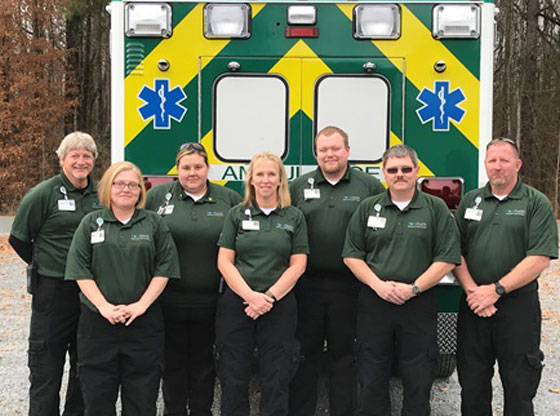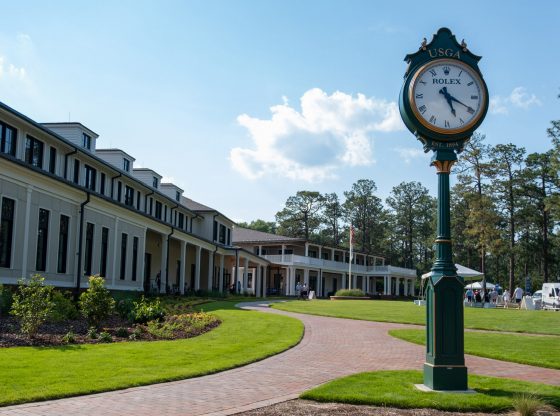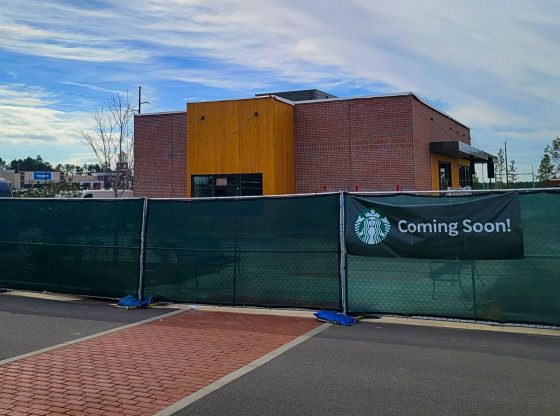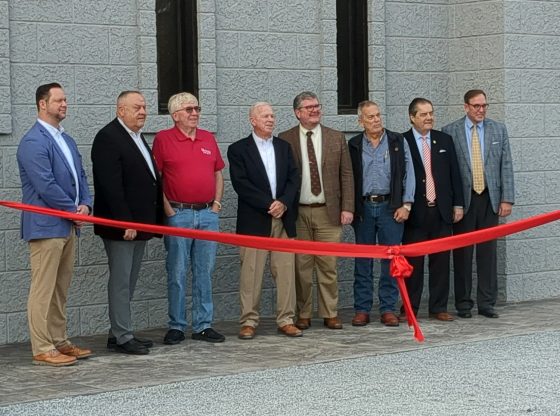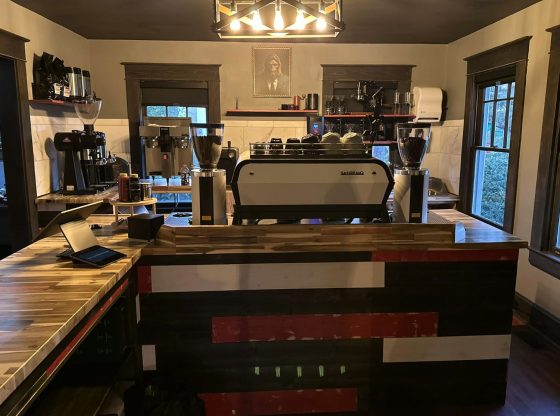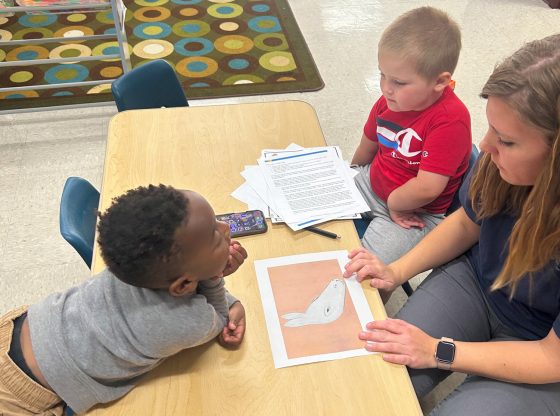You are probably familiar with the green and white FirstHealth ambulances, and even more familiar with the importance of these vehicles as they zoom by you on the road.
FirstHealth of the Carolinas provides 911 (EMS) for three counties in North Carolina; Chatham, Montgomery, and Richmond.
The system also includes Medical Transport in Moore County, hospital-to-hospital transport teams in Hoke, Moore, and Scotland counties and responds to more than 25,000 calls and transports more than 20,000 patients annually.
With nearly 200 employees, the FirstHealth Regional Emergency Medical Services (EMS) System is one of the largest ambulance systems in North Carolina, covering more than 3,000 square miles.
EMS ambulances are essentially emergency rooms on wheels. Paramedics and emergency medical technicians (EMTs) with special training in trauma and cardiac care staff the ambulances in FirstHealth’s EMS. Each ambulance is equipped with advanced equipment including 12-lead EKGs to assist with the early recognition of a heart attack.
Unless time is critical and another hospital is nearer, the EMS crews generally transport patients to the hospital that they or their families choose.
EMS paramedics have standing orders for most treatments they perform in the field, but also have the ability to radio a FirstHealth Emergency Medicine physician if needed during emergency rescue and transport missions. EMS always radios a report to the Emergency Department, so the staff knows the patient is on the way. This ensures that patients receive expert care en route to the hospital and that the Emergency Department staff is ready to begin treatment the moment the patient arrives.
The FirstHealth EMS leadership team, led by Administrative Director Barry Britt, includes Mike Dutton, director of Montgomery EMS; Buddy Williams, director of Richmond EMS; Tim Simmons, director of Chatham EMS; and Donna Strong, inter-facility teams director.
“Our main goal is to provide the highest level of emergency medical care to patients in the communities we serve,” says Mike Dutton.
In 2017, while evaluating both patient and employee goals, the EMS leadership team engaged their EMS staff members to receive new insight for the upcoming 2018 year.
“By engaging them, and asking their thoughts and opinions, we learned that they felt their uniforms were not conducive to EMS care,” says Dutton.
After discussing the employee’s thoughts with FirstHealth leadership, the EMS leadership team diligently worked to make changes to their employees’ uniforms.
“We switched to a performance uniform,” says Dutton. “The new uniform is safer, easier to care for, updated and more professional.”
It has been at least 15 years since a uniform change has happened in the EMS department, says Dutton.
In addition, the employees had safety concerns with the ambulances we have all come to recognize and felt it necessary to make the trucks more visible on and off the road.
A green and yellow chevron pattern (shown in picture above) now meets the national safety standards for EMS ambulances, making the vehicle much more visible from a distance.
Another safety improvement is the new lighting pattern on the ambulances. The emergency response lighting (red and white lights) have a new pattern that increases visibility while responding to calls or while sitting on the side of busy highways while working on wreck scenes.
“We are continuously working on new ways to improve the safety of both our patients and employees,” says Dutton. “We feel these new changes will enhance the work we already do.”
Feature photo: Meet the FirstHealth Montgomery EMS Team in their new, updated uniforms (from left to right): Robert McDuffie, Training Officer; Summer Alvarez; Holly Lee, Supervisor; Wanda Hawkins; Justin Reynolds; Michael Thompson; and James Stoker.


